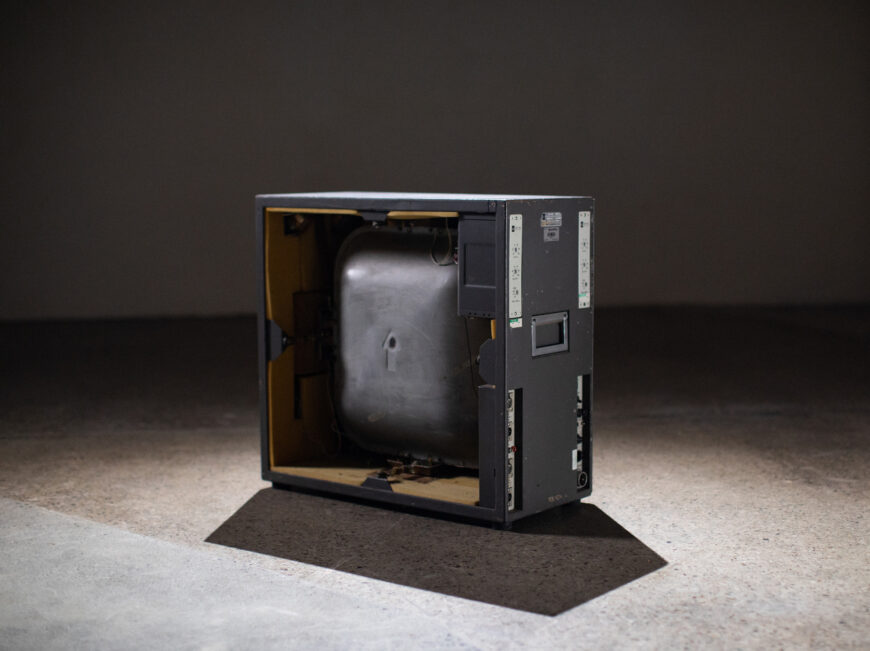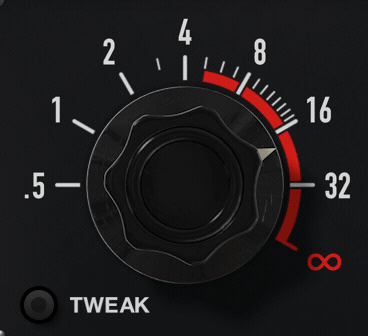Soundtoys
Soundtoys - SuperPlate
Soundtoys - SuperPlate
Couldn't load pickup availability
SuperPlate brings the unique tonal character of five classic electromechanical plate reverbs into your studio – without the massive investment and back-breaking weight of the originals. Its advanced algorithms capture a level of unmatched realism and versatility and create luscious, expansive effects.
At the core of SuperPlate are meticulous models of the EMT 140, EMT 240, Audicon, Stocktronics RX4000, and EcoPlate III reverb units. Its three different flavors of analog coloration – Tube, Solid-State and Clean – can be used in combination with any of SuperPlate’s styles. Its wide range of modern digital features includes infinite decay time, built-in predelay, expanded modulation controls, full-featured EQ for detailed tonal shaping, and a unique decay ducking option that adjusts decay time to reduce overlap or build-up.

SuperPlate accurately reproduces the tonal characteristics and unique sonic signatures of each of its five plate styles. Inside one plug-in we’ve packed a collective 1450 pounds (659 kg) and 330 cubic feet (9.4 m3) of plate reverb evolution.
GOLDFOIL 240
Based on the EMT 240 (1970) the successor to the EMT 140. The EMT 240 was technically not a plate at all, and was designed to create a more compact and portable reverb. Instead of a steel plate, it used a thin foil of 24-karat gold to create its distinctive darker and tighter sound. Watch video

Pick Your Preamp
All plate reverbs use a pre-amplifier to drive the “voice coil” that turns electrical sound waves into the physical vibrations of a plate reverb device. We’ve included two different preamp models in SuperPlate, Tube and Solid-State, along with a Clean mode – which can each be used in combination with any of SuperPlate’s styles.
- The Tube mode is modeled on the original EMT V54 preamp that was used in the earliest EMT 140 plates and can be used to add a little (or a lot) of harmonic spice to your sound before it hits the reverb.
- The Solid-State mode is modeled on the EMT 162 preamp that was used in later versions of the EMT 140. This model has a built-in compressor that can be used to help control and tame transients on their way into the reverb.
- SuperPlate’s Clean mode strips out all preamp modeling and preserves the pure sound of the various plate models without any additional harmonic distortion or dynamics.


Let The Reverb Breathe
SuperPlate’s unique Auto-Decay feature shortens the decay time to a desired “target” setting when the input signal is above the adjustable threshold. This feature is crucial in keeping the sound clear and prevents punchy transients from being overpowered by excessive reverb tails. Combined with the recovery speed control, you can make your reverb breathe with the pacing of your music.
Tame Your Tail
SuperPlate’s built-in filters and EQ makes it easy to sculpt the reverb to fit your mix. The low-cut filter is essential to prevent excessive low-frequency energy from building up, and the high-cut filter can be used to help the reverb to blend in naturally with the original sound. The two parametric bands are super flexible and can be used to help tame mid range resonances or add high frequency sheen.

Highlights
- Five Analog Plate Styles
- Three Preamp Options
- Infinite Decay
- Built-in Pre-delay
- Modulation Controls
- Decay Ducking options
- Full-featured EQ
Little Plate is included with your SuperPlate purchase
Quotes
“SuperPlate is a superhero of reverbs! It brings the best of both worlds by capturing the legendary characteristics of the plates and preamps and then superimposing detailed digital features that allow for deep sound shaping and expansion. In particular, the pre-delay and ducking controls enable you to precisely sculpt the relationship to the dry source material, while the full output EQ and additional modulation controls enable bolder creative processing choices. Soundtoys has made another modern classic.” – Bryn Bliska
Specs
Current Version: 5.4
Apple Silicon and VST 3 Compatible
Plug-in Formats (64-bit only):
- AAX Native, AAX AudioSuite, VST 2, VST 3, and Audio Units (AU)
Supported Sample Rates:
- Minimum: 44.1 kHz, Maximum: 192 kHz
System Requirements:
- Operating systems: Mac OS X 10.12 or later; Windows 7 or later.
- An internet connection is required at the time of activation.
Supported Hosts:
- Pro Tools, Live, Cubase, Nuendo, Logic, Studio One, Reaper, Bitwig
- Click here to view our full list of compatible host applications.



